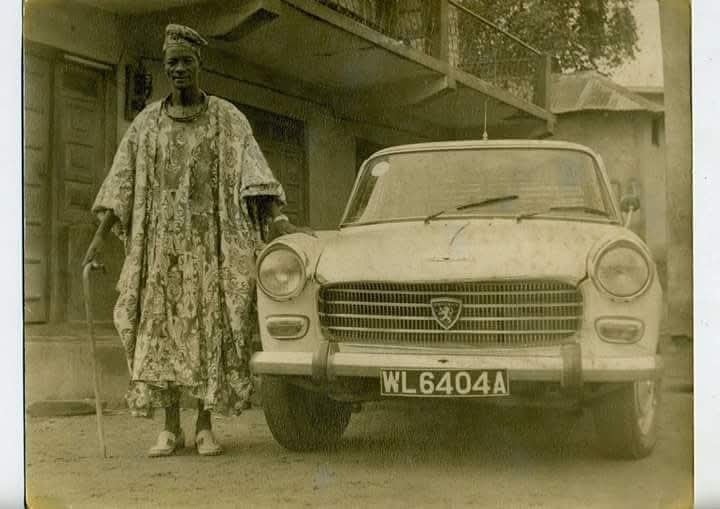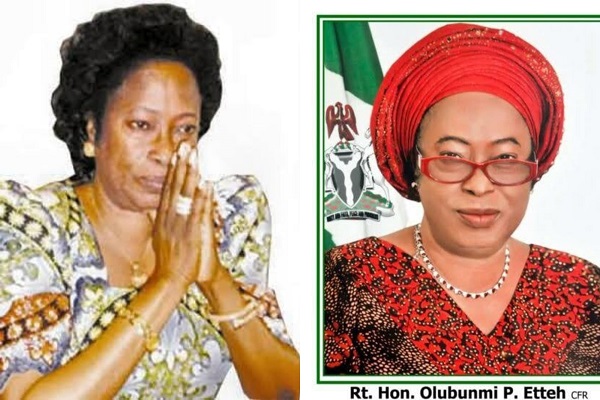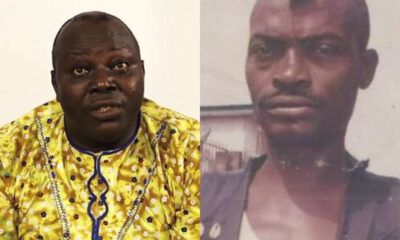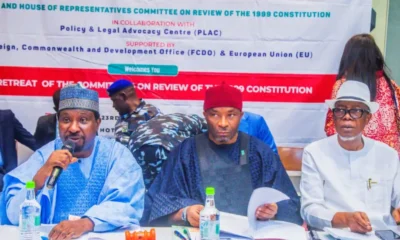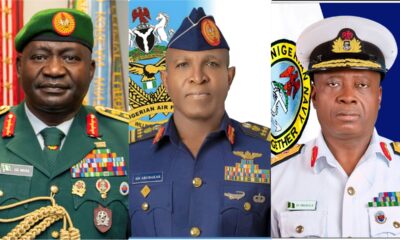The photograph of Chief Abraham Salako—popularly remembered as Afilaka—standing beside a Peugeot 404 in the 1960s is more than just a family heirloom. It is a cultural snapshot of post-independence Nigeria, where tradition and modernity converged in striking ways.
Chief Abraham Salako – Afilaka
Chief Abraham Salako was a respected Yoruba community leader whose nickname, Afilaka, became inseparable from his identity. In Yoruba tradition, such epithets often outlive the individual, capturing achievements, traits, or community influence. Over time, Salako’s nickname grew into a family identity, adopted proudly by his descendants as a surname—an enduring marker of heritage.
As a chief, Salako embodied the hybrid role of mid-20th century Yoruba leaders: guardians of custom on one hand, and pioneers of modern lifestyles on the other. His position reflected the aspirations of a Nigeria newly freed from colonial rule in 1960, when chiefs and elites sought to blend ancestral authority with contemporary sophistication.
The Peugeot 404 in Nigeria
The Peugeot 404, produced between 1960 and 1975 by French automaker Peugeot, quickly became one of the most recognizable cars in Nigeria. The car in Salako’s possession, identified by the license plate WL6404A in family memory, was more than a mode of transportation—it was a symbol.
Prestige and Affluence
In 1960s Nigeria, to own a Peugeot 404 was to declare success. Chiefs, politicians, and prosperous traders often used the vehicle to showcase their social standing.
Durability in Africa
The 404’s reputation was cemented by its performance in tough conditions, including multiple victories in the East African Safari Rally (1963, 1966, 1967, 1968). In Nigeria, where roads were still developing, the Peugeot was celebrated as a car that could withstand both rough terrain and long journeys.
Economic Ties with Europe
The Peugeot also mirrored Nigeria’s trade relations with France. In later years, Peugeot Automobile Nigeria (PAN) was established in Kaduna (1972), ensuring that the 404 and its successors became a fixture of Nigerian motoring life.
Nigeria in the 1960s – The Backdrop
Chief Salako’s photograph cannot be divorced from the larger context of 1960s Nigeria:
A New Nation
Nigeria had just gained independence in 1960. Cars like the Peugeot 404 were embraced as markers of modernity and progress.
Tradition Meets Modernity
Chiefs like Salako stood at the crossroads of two worlds. They retained the respect of traditional leadership structures while embracing the tools of modern life, from Western education to imported automobiles.
Cocoa Wealth and the Rise of an Elite Class
In Western Nigeria, the cocoa boom of the 1950s–60s fueled prosperity. Elites and community leaders invested their wealth in modern housing, education, and cars like the Peugeot 404—symbols of both personal success and communal pride.
The Legacy of Afilaka
Chief Abraham Salako’s legacy did not end with his lifetime. The adoption of Afilaka as a family name illustrates how Yoruba nicknames can evolve into permanent identities, linking generations to ancestral memory.
His photograph beside the Peugeot 404 captures a defining moment in Nigerian history: when chiefs personified both cultural continuity and forward-looking aspiration. It is a visual testimony of ambition, prestige, and the embrace of modern sophistication in a rapidly changing nation.
Cultural Significance
This single family photograph is more than a keepsake. It is a window into post-independence Nigeria—showing how imported cars became symbols of modern status, how Yoruba chiefs navigated between tradition and progress, and how heritage can be preserved in a single name.
The license plate number (WL6404A) should be treated as a family detail rather than a confirmed archival record, since 1960s Nigerian license plate registries are not publicly digitized.
The link between cocoa wealth and elite car ownership is broadly accurate, but Chief Salako’s direct connection to cocoa trade is part of the wider Yoruba elite narrative rather than a verified individual record.
FOLLOW US ON:
FACEBOOK
TWITTER
PINTEREST
TIKTOK
YOUTUBE
LINKEDIN
TUMBLR
INSTAGRAM

 News7 hours ago
News7 hours ago
 News6 hours ago
News6 hours ago
 Crime24 hours ago
Crime24 hours ago
 Lifestyle6 hours ago
Lifestyle6 hours ago
 News7 hours ago
News7 hours ago
 Crime6 hours ago
Crime6 hours ago
 Education7 hours ago
Education7 hours ago
 Crime6 hours ago
Crime6 hours ago
